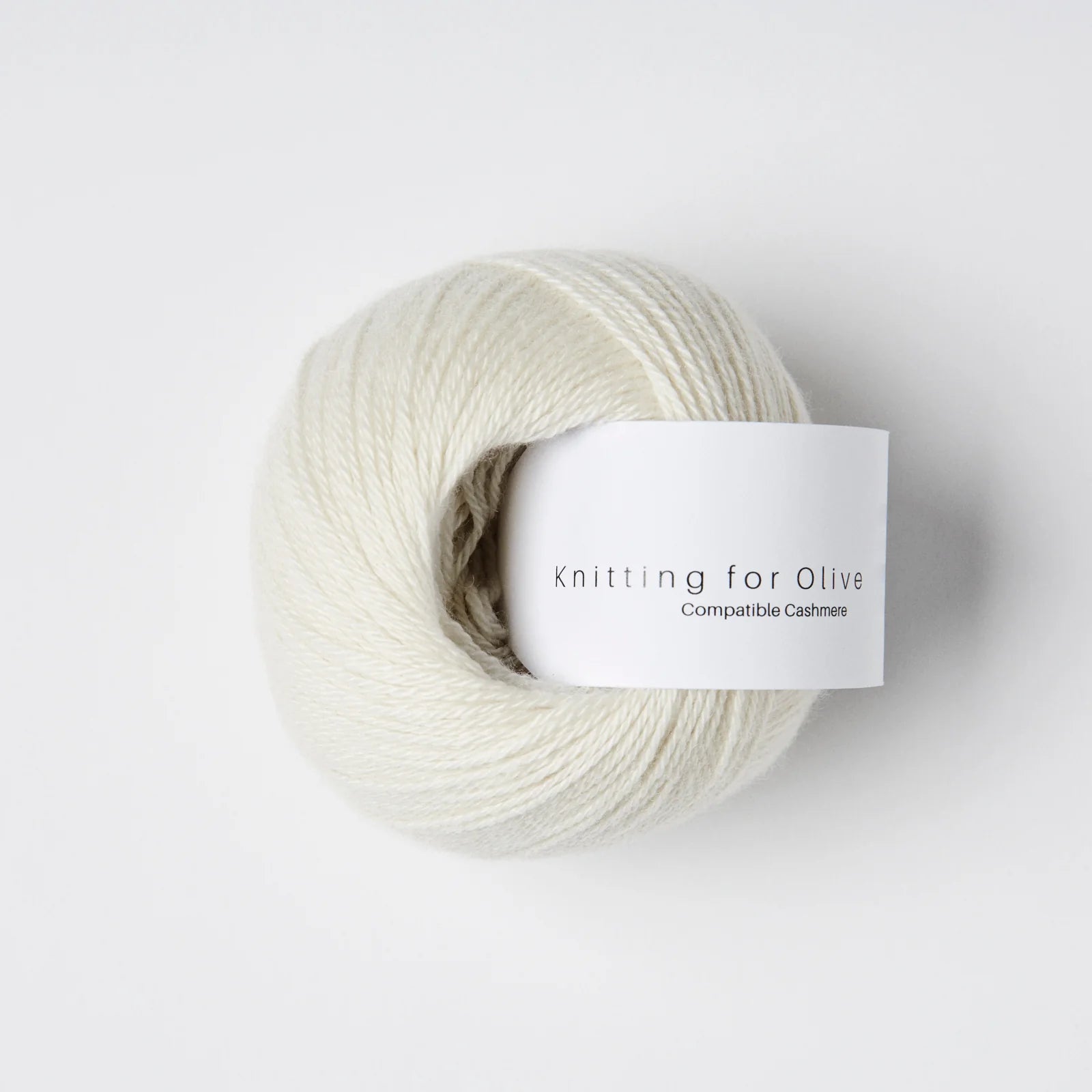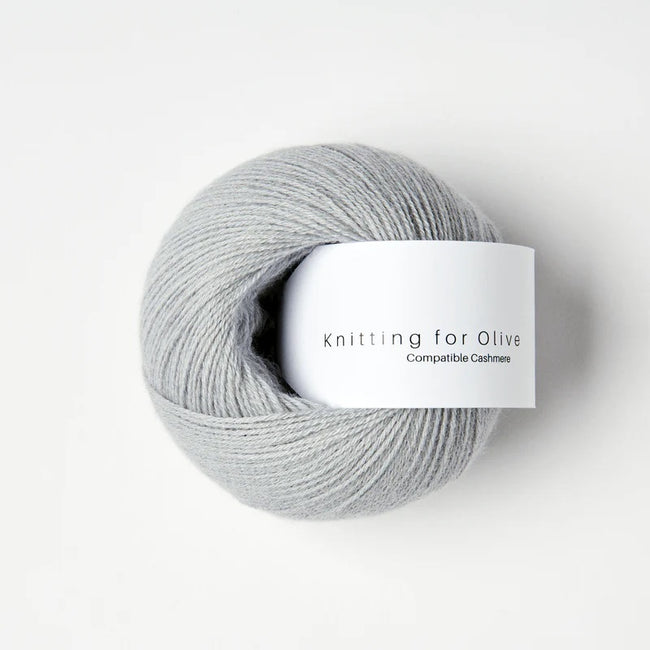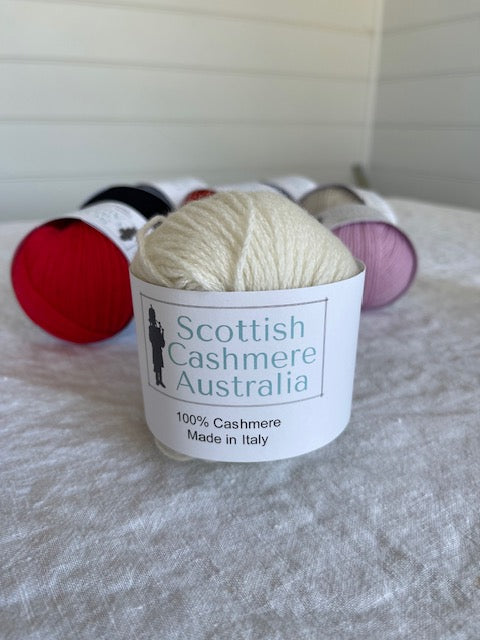What Is Cashmere and How Does It Differ to Other Fabrics?
What Is Cashmere and How Does It Differ to Other Fabrics?
Blog Article
Discover the Attraction of Cashmere an All-natural Fiber: Why It's a Must-Have in Your Wardrobe
The appeal of cashmere, a luxury all-natural fiber, goes beyond plain visual appeals. Stemming from the Kashmir region, this lightweight yet sturdy material has woven its way into high-end fashion as a result of its unique buildings and versatile allure. From discussing its intriguing beginning to comprehending its manufacturing top quality, treatment, and procedure, it's worth checking out why cashmere holds such an unique place in the globe of fabrics. Discover the refinement and material of this fiber as we start an expedition of its appeal.

The Origin and History of Cashmere: A Short Summary
While many might view cashmere as an easy deluxe, its background is soaked in abundant cultural tradition. Stemming from the Kashmir region in India, cashmere woollen has actually been created for thousands of years. The fiber is acquired from the soft undercoat of cashmere goats, harvested during their molting season.
Recognizing the One-of-a-kind Characteristics of Cashmere Fiber
Cashmere, renowned for its unique features, stands apart in the globe of fabrics. This elegant fiber is incredibly soft, giving a comfy and comfortable feel unlike any various other. It is dramatically warmer than wool, making it a perfect option for winter garments. Regardless of its warmth, cashmere is surprisingly light-weight and doesn't add unnecessary mass. This natural fiber is additionally understood for its resilience. While other products might use down over time, cashmere preserves its high quality, guaranteeing long-lasting wear. Cashmere has an unique visual appeal. Its mild radiance and sophistication make it a staple in premium style. Understanding these buildings makes clear why cashmere is not simply a high-end, but a rewarding investment for any type of closet.

The Process of Producing Cashmere: From Goat to Garment
To appreciate the elegant residential or commercial properties of cashmere fully, one need to recognize its journey from the raw fiber to the completed item. The process starts with the cashmere goats, primarily found in Mongolia, China, and Iran. The soft undercoat of these goats, collected throughout their all-natural molting period in springtime, offers the raw material. This fragile fiber is after that thoroughly separated from the coarser outer hair in a labor-intensive process called dehairing. The pure cashmere is after that dyed, spun into yarn, and lastly knitted or woven right into the coveted garments. Each step is meticulously carried out to maintain cashmere's noteworthy warmth, soft qualities, and durability. This detailed process causes the development of a really elegant material.

Decoding the High Quality and Rate: Why Is Cashmere so Expensive?
The steep price of cashmere garments usually leaves customers questioning its validation. The cost stems largely from the strenuous production procedure. is cashmere a natural fiber. Cashmere originates from the fine undercoat of the cashmere goat, with each goat creating a mere 150 grams annually. The labor-intensive process of brushing and accumulating the uncommon fiber considerably drives up the price. The handling of raw cashmere calls for both time and know-how, with the fibers requiring to be meticulously sorted, cleaned, and rotated. The deficiency of pure cashmere, combined with its superior soft qualities, heat, and resilience, warrants its luxury standing and high cost. These factors incorporated make cashmere a pricy yet highly in-demand product on the planet of fashion.
Cashmere in Style: The Adaptability and Ageless Charm
In spite of its high cost, the ageless charm and flexibility of cashmere have actually strengthened its area in the realm of style. The fiber's special structure, identified by its soft qualities and heat, has become synonymous with high-end and convenience. Its versatility extends beyond seasonal fads, making it a wardrobe vital in different forms, from sophisticated coats to elegant scarves. The functional nature of cashmere permits its combination into both official and informal clothes, indicating its wide allure. The material's enduring popularity over the years confirms to its ageless beauty. As fads come and go, cashmere remains a consistent, its allure undiminished, continuing to form the fashion and influence industry's landscape.
Caring for Your Cashmere: Maintenance and Conservation Tips
Making sure the durability of cashmere garments calls for specific treatment and interest. These prized ownerships ought to not be thrown into the cleaning equipment with normal laundry. Instead, hand washing with gentle, pH-neutral soap in lukewarm water is recommended. After washing, they must not be wrung cashmere out. Instead, they must be carefully pushed in between towels to take in excess water, after that laid level to completely dry. Normal cleaning with a cashmere comb can prevent pilling. Storing these items in a great, completely dry area, preferably in a breathable bag, can shield them from moths and humidity (is cashmere a natural fiber). An occasional airing outside, far from direct sunshine, can revitalize the fibers. With these upkeep and conservation suggestions, one can ensure their cashmere stays luxuriously soft and resilient.
Final Thought
Cashmere, with its exceptional softness and heat, supplies both luxury and toughness. Discover the attraction of cashmere and boost your style arsenal.

Report this page